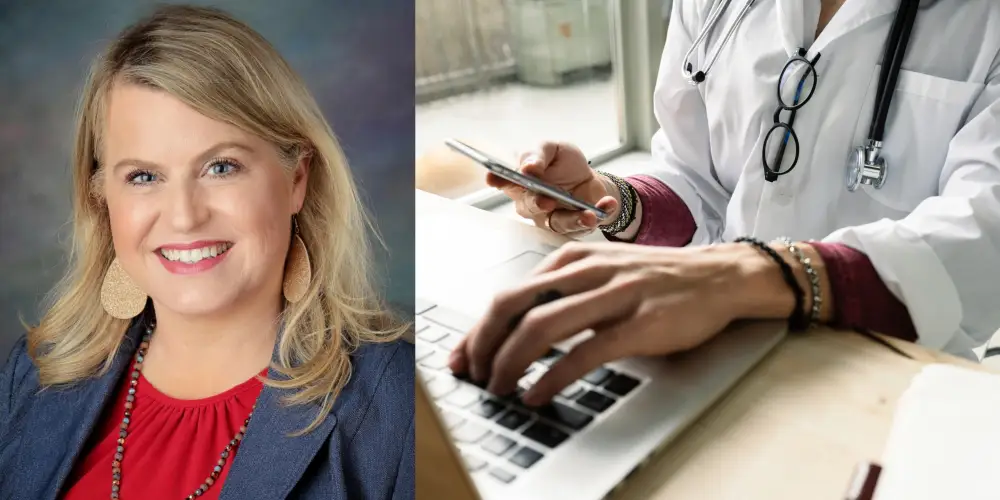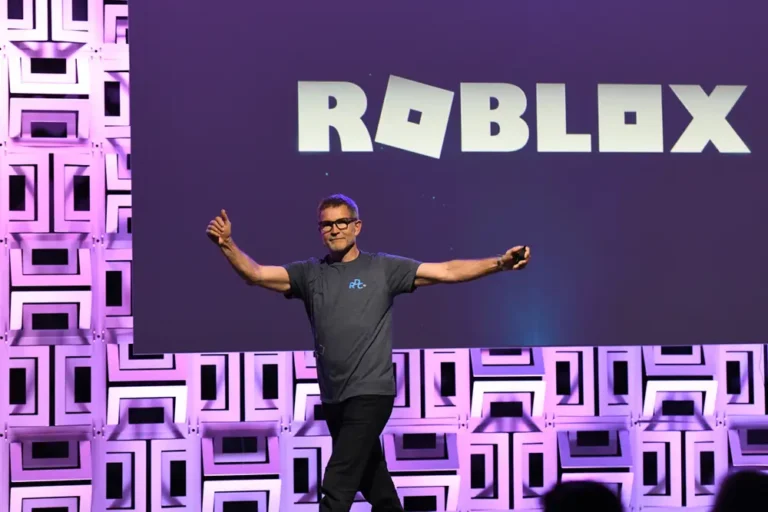I use an AI assistant as a doctor and cut hours off my workload. But, I’m still cautious about AI’s future.

Dr. Bryan started using Suki AI in the fall of 2023.
I work in family medicine, treating newborns up to patients in their 90s.
I graduated from my residency in family medicine in 2006. I’ve been practicing in Mississippi for 18 years and joined the Hattiesburg Clinic a year ago.
I work at my clinic 40 hours a week, but I used to spend a lot of my time documenting patient notes outside those hours. Documentation admin would take an extra 10 to 20 hours a week.
Last fall, I started using Suki AI, an AI-powered voice assistant, to help me make notes from patient interactions. I now use it all the time.
It reminded me of the old days of practicing medicine when I wasn’t constantly typing notes into a computer. It’s provided a more organic way for me to interact with patients and alleviated a lot of stress about note-taking.
I’m in favor of using AI for notetaking, but do have hesitations about using it for other purposes in the medical field.
I used to type my notes or use a dictation software
When I first started practicing medicine in 2006, I took handwritten notes. I’d get hand cramps sometimes, but I could get my notes done during consultations.
When electronic health records came into effect, doctors could type notes, but typing while interacting with patients was distracting. So, most typing would happen over a lunch break or at home on the couch. This is when the time I spent documenting notes increased significantly, and it also caused burnout for a lot of physicians around the country.
As the president of the Mississippi State Medical Association, I speak to a lot of physicians. They say button-clicking and typing adds extra strain to their lives. Personally, I never burned out, but I was often stressed and looked to alleviate it.
I started using dictation software around six years ago. I would speak into a handheld microphone, and it would type my words out. It was a good product, but verbally recreating each visit took a long time, and it misspelled and misheard some words.
A fellow physician at my clinic encouraged us to try using an AI assistant for note-taking. I signed up to trial Suki AI, which I heard the American Academy of Family Physicians endorsed, and a competitor product. I preferred Suki, and it’s the product I still use today.
(Editor’s note: A spokesperson for Suki AI told B-17 that the company has no financial partnership with either Hattiesburg Clinic or the AAFP, and the listing price for the technology is $399 a month per provider.)
How the AI assistant works
Suki is an AI assistant app on my phone that I use for notes. When I walk into a room with a patient, I ask my patients for consent to use the software. I’ll hit record and my phone will listen to the conversation with the patient. I’ll walk out of the room and stop recording.
Unlike the dictation software I used before, which couldn’t produce summaries of what I said to it, Suki generates a summarizing note from the appointment, which I send to my computer.
If my phone dies or I don’t have it on me, I can speak directly to Suki about the appointment. It creates a solid note as if it were listening to the exam room interaction, but I think it’s more accurate when I have it in the room with the patient.
At the end of the day, I’ll spend 15 minutes going through my notes on my computer, making sure the AI spelled the drugs correctly, and cleaning things up. It’s a huge contrast from the 10 hours a week I used to spend on notetaking.
I’m very legal-minded, and one of my first questions about Suki was how long it stores patient information. I learned that the audio and transcript from patient interactions are erased from Suki after seven days, so I felt comfortable with how it handles privacy. Before the notes are erased from Suki, I send them to my computer, and they’re permanently stored in my electronic records.
Using AI at work has reduced my stress, but the technology isn’t perfect
I use Suki all the time now. I pay for the service, which is deducted from my paycheck.
It’s made my workflow easier. I’m more able to accommodate patients into my schedule. Patients have also noticed that I don’t have to type anymore and can keep eye contact without looking over a computer.
It’s alleviated stress in my personal life. I’d never miss family events for work because family is my priority, but I did overload myself and would have to stay up late to finish notes. Now, when I’m home, my family and I are watching movies or doing homework, and I don’t have to type notes for work on my laptop.
The technology isn’t perfect. Sometimes, when it generated notes, there were two paragraphs that almost said the same thing, so I’d cut one out when editing. Every now and then, it will misunderstand a medicine I say and put in something else.
I don’t see this as a problem. There are plenty of errors with scribbly doctor’s handwriting and some with other dictation software. As physicians, we’re responsible for reviewing notes for accuracy. With any technology, there will be an acceptable degree of edits that need to be made.
I’m in favor of using AI for transcription and cautiously welcome it in other medical areas
AI has been part of medical care for quite some time now, particularly in radiology and surgery.
When it comes to medical transcript and scribe work, I see AI as a welcome relief from typing for physicians, who were trained to diagnose and treat, not to type.
I don’t see AI ever replacing the physician, but I can see it chipping away at the medical scribe career. Scribes sit in exam rooms and type for doctors, but they’re very expensive to have on board.
I cautiously welcome AI in the medical field. There are definitely benefits that can help humans practice medicine, such as using it to detect breast cancer. However I am cautious about errors from AI when it comes to patient lives and patient safety. In medicine, you can never underestimate the value of human interaction and understanding pain and feelings.
I’m all in when it comes to using AI for transcription and summing up visits, but we have to make sure we have appropriate guardrails when going beyond that.






